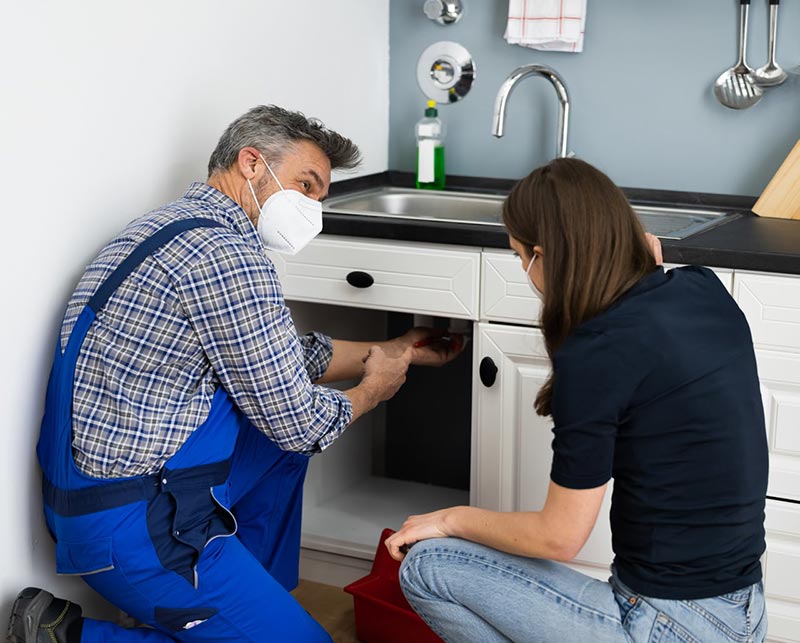
April 2021
Alston & Bird LLP and Aflac
Several new developments have made Paycheck Protection Program (PPP) loans more available and attractive.
Loan application deadline is now May 31. The PPP Extension Act of 2021, signed into law March 30, 2021, extends the deadline for applying for a PPP loan from March 31 to May 31. The Small Business Administration (SBA) has one additional month, through June 30, to process loan applications submitted by the May 31 deadline.
For a discussion of changes made to the PPP by the COVID-19 stimulus package enacted Dec. 20, 2020, see the Aflac January 2021 Advisory.

Expanding loan opportunities to more businesses
Higher loan amount available for new loans to independent contractors.
Effective March 4, 2021, a new SBA Interim Final Rule expands PPP loan opportunities for independent contractors and other self-employed individuals who report their business income for federal tax purposes on IRS Form 1040, Schedule C (Profit or Loss from Business). As background, prior to the new Interim Final Rule, the maximum amount of owner compensation taken into account for PPP loan purposes was limited to the amount of “net profit” (as reported on line 31 of Schedule C). Because many small businesses have significant expenses, the net profit restriction significantly reduced and, in some cases eliminated, the availability of PPP loan funds, particularly for small businesses with no employees. The SBA reports that businesses with no employees are 70% owned by women and minorities, compared to 40% for businesses with employees.
In order to expand the availability of PPP loans to more small businesses, the Interim Final Rule allows Schedule C filers to determine owner compensation either by net profit (Schedule C, line 31) or gross income (Schedule C, line 7). Separate calculations are provided for businesses with employees and those without employees. Under either method, the owner compensation remains limited to $100,000.
This change is effective for PPP loans approved after March 4, 2021. Existing borrowers may not increase the amount of a loan that was approved on or before March 4 based on the Interim Final Rule. The new calculation may be used for a new First Draw PPP loan (if the borrower had not already received a loan) or for a Second Draw Loan, if the First Draw loan has already been used. Note that the eligibility rules for Second Draw Loans require, among other things, that the borrower has experienced a 25% reduction in revenue in a quarter of 2020 compared to the same quarter in 2019. That means that not all First Draw borrowers will be eligible for a Second Draw loan.
The SBA has provided new PPP loan application forms for Schedule C applicants who use the gross income approach. New SBA Form 2483-C is used for First Draw loans and new SBA Form 2483-SD-C is used for Second Draw loans.
Expanded eligibility for certain types of borrowers
The new Interim Final Rule removes prior eligibility restrictions that prevented businesses from obtaining a PPP loan if the owner (a) had a nonfinancial fraud felony conviction in the last year or (b) was delinquent or in default on their federal student loans. The student loan provision applies to existing loans as well as new loans, which means the restrictions are lifted on original loans. In applying the provision to existing loans, the SBA reasoned that some borrowers with student loans might not have made proper disclosure on their application due to confusion about the student loan restriction.
Conclusion
The PPP continues to be a popular program for small businesses impacted by the COVID-19 pandemic. The recent changes make the program more attractive, particularly for independent contractors. This article provides a high-level overview of key changes. Business should consult with their own lender and advisers to make sure they have the most current information and understand how the new provisions will work best for them.
The information herein is provided for general informational purposes and is not provided as tax, legal, or financial advice for any person or for any specific situation. Employers and employees and other individuals should consult their own tax or legal advisers about their situation. Aflac herein means Aflac and Aflac New York.
Aflac | Aflac New York | WWHQ | 1932 Wynnton Road | Columbus, GA 31999.
Z2100418